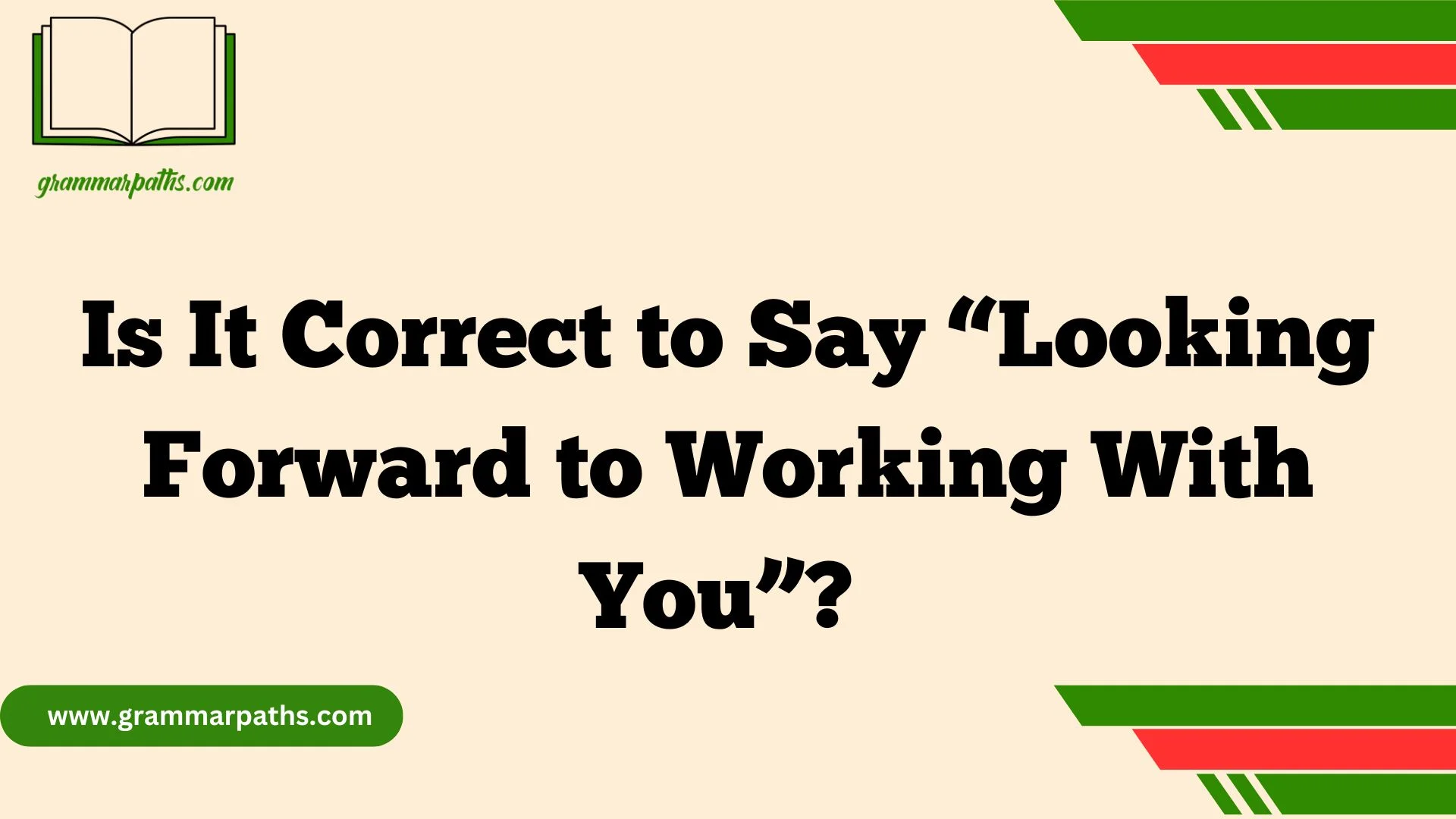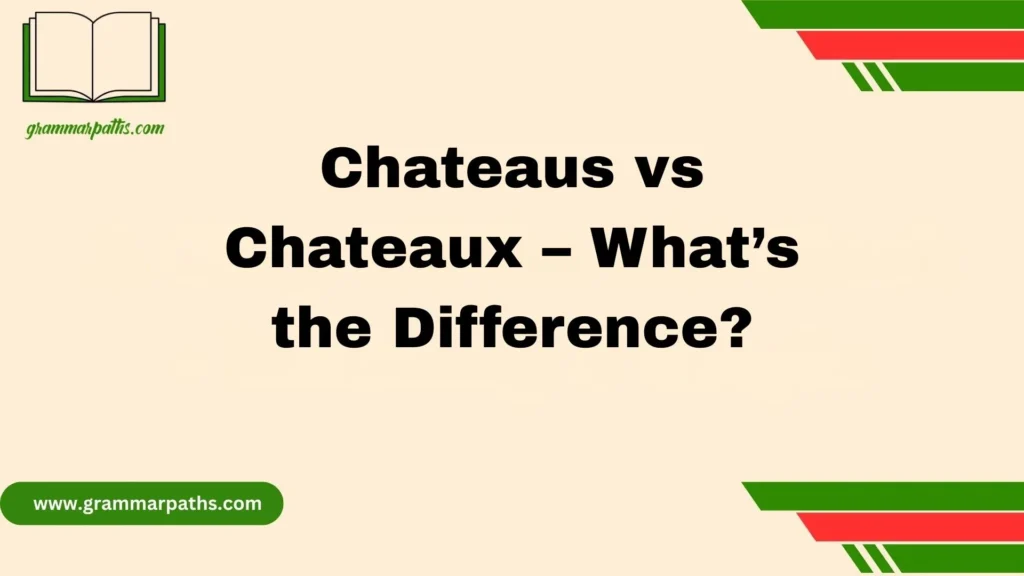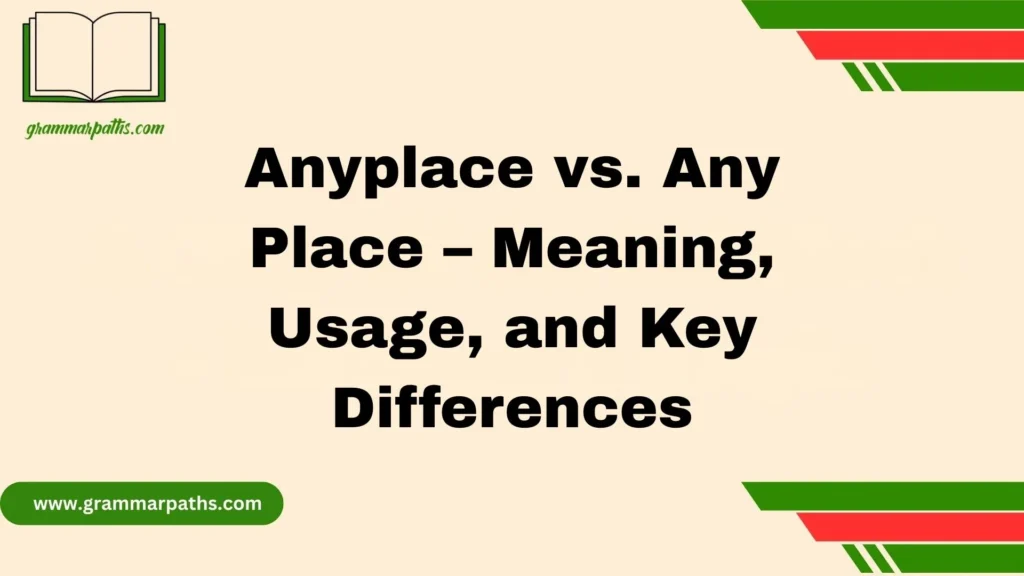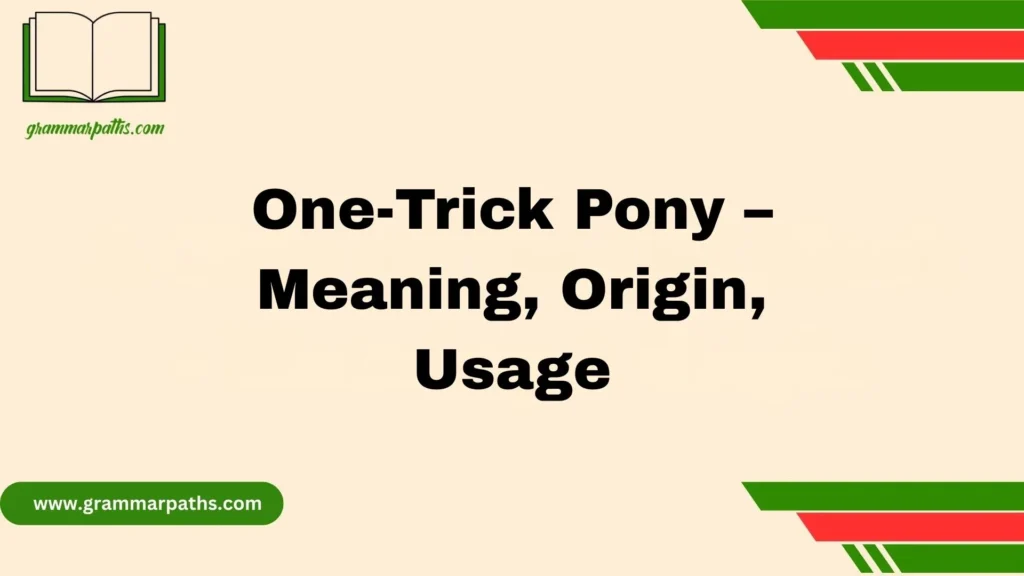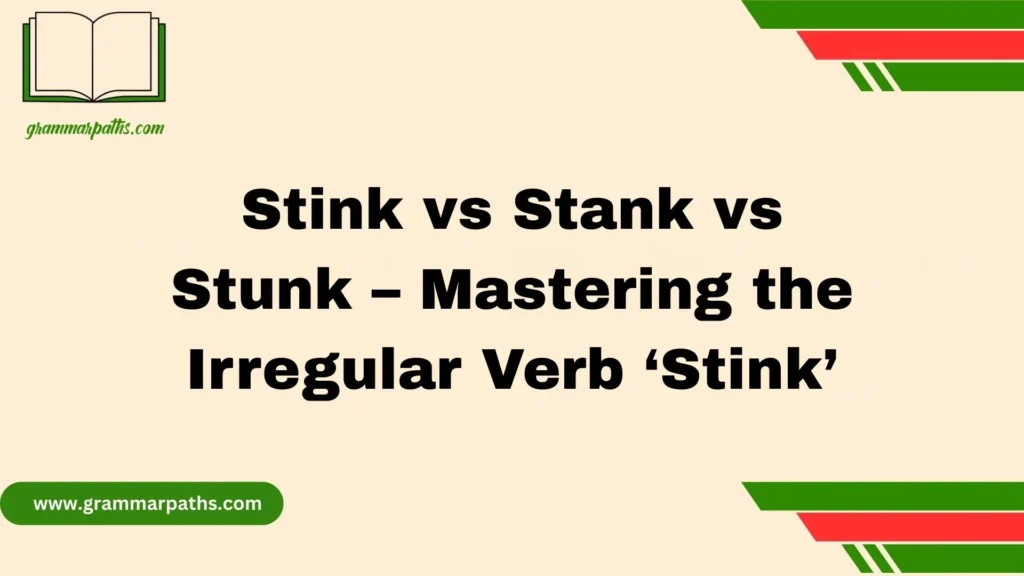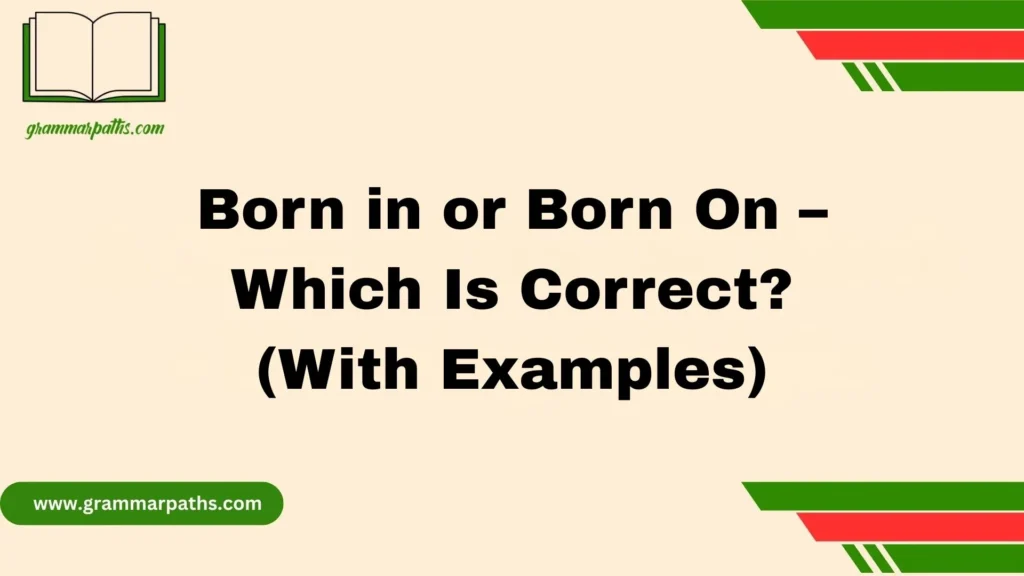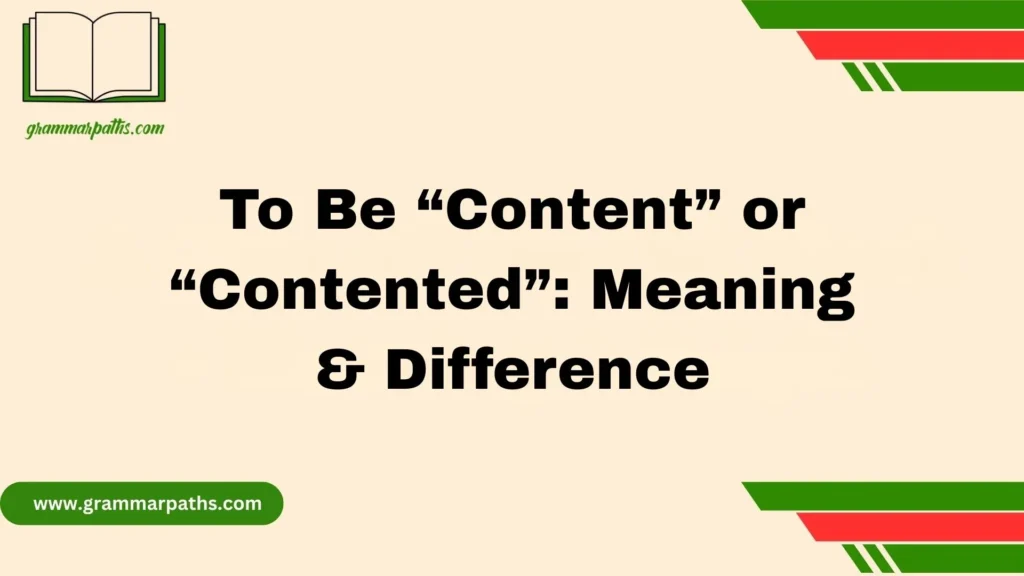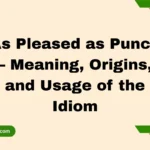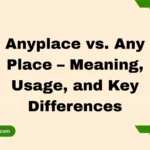When it comes to business communication, one phrase you’ll often encounter is: “Looking forward to working with you.” I’ve written hundreds of emails and letters over the years, and this line has consistently proven its worth. It strikes the perfect tone—friendly, respectful, and professional—ideal for kicking off new projects or building solid connections.
The beauty of this phrase lies in its simplicity and effectiveness. It’s grammatically correct, sounds genuine, and fits just about any formal or semi-formal situation. From proposals to introductions, it sends a clear message of collaboration, optimism, and mutual respect—without ever feeling cold or mechanical.
What’s more, it’s incredibly easy to use. If you’re ever in doubt about how to close a message professionally, this phrase is almost always a safe bet. I still remember crafting my very first email templates and instinctively including this line for its warm, trustworthy feel.
This article explores not only why the phrase works so well but also offers polished alternatives to elevate your communication. Whether you’re polishing a proposal or connecting with a new colleague, mastering this phrase—and its variations—can make all the difference. Keep reading to find the best ways to express your intent with clarity, confidence, and professional flair.
Is “Looking Forward to Working With You” Grammatically Correct?
Many professionals wonder if the phrase “looking forward to working with you” is grammatically sound. The short answer: yes, it is correct. But understanding why requires a closer look at grammar mechanics.
The phrase hinges on the phrasal verb “look forward to,” which means to anticipate something with pleasure. The key part is the word “to.” This isn’t an infinitive marker here; it’s a preposition. That means what follows “to” must be a gerund (a verb ending in -ing that acts like a noun).
So, in “looking forward to working with you,” the verb “working” correctly follows the preposition “to.” Saying “looking forward to work with you” would be grammatically incorrect because “work” is a base verb, not a gerund in this context.
The Grammar Mechanics Explained
Let’s break down the phrase into parts to see why it works:
- “Looking forward to” = phrasal verb expressing anticipation or excitement.
- “working” = gerund functioning as the object of the preposition “to.”
- “with you” = prepositional phrase adding context about who you’ll be working with.
Why does this matter?
Because “look forward to” is always followed by a noun, pronoun, or gerund—never the infinitive form. Compare these:
| Phrase | Correct? | Explanation |
| Looking forward to working | ✅ Correct | Gerund correctly follows preposition “to.” |
| Looking forward to work | ❌ Incorrect | Infinitive form doesn’t follow preposition. |
| I look forward to your reply | ✅ Correct | Noun phrase correctly follows preposition. |
| I look forward to reply | ❌ Incorrect | “Reply” here is a verb, not a noun. |
Understanding this small grammar point prevents common mistakes in emails and formal writing.
Why Word Choice and Phrasing Matter
In business writing, tone and word choice can make or break communication. Saying “looking forward to working with you” signals positive anticipation and eagerness to collaborate. But subtle shifts in wording can change how the message lands.
For example:
- “Looking forward to working with you” = warm, optimistic, polite.
- “I am eager to work with you” = enthusiastic, slightly more formal.
- “Can’t wait to work with you” = casual, highly informal.
The phrase you choose reflects your professionalism and emotional intelligence. It also shapes the reader’s perception of your intent. Using positive forward-looking language helps build rapport and trust even before a project starts.
When to Use “Looking Forward to Working With You”
This phrase works best in situations where:
- A business relationship is about to begin
- You want to express enthusiasm for collaboration
- You’re confirming a mutual agreement or next steps
Common scenarios include:
- New client introductions: It sets a friendly tone for the partnership ahead.
- Project kickoff emails: It expresses readiness and motivation to start.
- Job interview follow-ups: It shows interest without sounding desperate.
- Networking follow-ups: Keeps the door open for future collaboration.
When Not to Use It
Even though this phrase is versatile, there are times to avoid it:
- Before an agreement is finalized: It can sound presumptuous if the deal isn’t sealed.
- In formal complaints or dispute communications: Too positive and may seem insincere.
- When overused: Repeating it in multiple emails can reduce its impact and seem robotic.
Using it mindlessly risks sounding pushy or overly eager, which may put off recipients.
Understanding Tone, Formality & Intent
The phrase’s tone walks a fine line between formal and casual. Generally, it fits well in business casual and formal contexts, but it needs tweaking depending on your audience.
- In corporate settings, “looking forward to working with you” is a safe, professional choice.
- In creative or startup environments, something more relaxed like “excited to collaborate” may feel more authentic.
- For international audiences, be mindful of cultural communication styles—some cultures prefer more formal or reserved language.
Best Placement in Emails and Letters
Where you place this phrase matters. It usually fits best:
- At the end of an email or letter, just before your closing signature.
- As part of the closing sentence to reinforce goodwill and anticipation.
- Sometimes in the introduction if the tone is very warm and informal.
Example placements:
I’m looking forward to working with you on this project.
Best regards,
[Your Name]
or
Looking forward to working with you. Please let me know if you have any questions.
Real-World Examples (With Explanations)
Here are some examples showing the phrase in action:
| Situation | Example | Why It Works |
| New Client Email | “We’re looking forward to working with you and delivering great results.” | Sets positive tone, expresses commitment. |
| Job Interview Follow-Up | “Thank you for your time today. I look forward to working with you.” | Polite and confident without being pushy. |
| Internal Collaboration | “Looking forward to working with you on the upcoming product launch.” | Friendly, encourages teamwork. |
Professional Alternatives and Synonyms
Sometimes you want a fresh way to say it. Here are some professional alternatives:
- “Excited to collaborate with you”
- “Looking forward to our partnership”
- “Eager to begin our work together”
- “Anticipating a productive collaboration”
- “Can’t wait to start working with you” (informal)
Choose based on your relationship and communication style.
Psychological & Strategic Use in Building Rapport
Positive forward-looking language like “looking forward to working with you” taps into human psychology. It:
- Creates anticipation and excitement
- Signals respect and professionalism
- Encourages reciprocity and goodwill
Case study: A 2020 survey by Harvard Business Review showed that emails expressing enthusiasm increased positive responses by 23%. Such phrases set a collaborative tone that helps relationships flourish.
Best Practices for Using the Phrase
- Use it only when sincere—don’t fake enthusiasm.
- Pair it with specific next steps or calls to action.
- Avoid repetition to keep it impactful.
- Adjust tone depending on the audience and context.
Sample Email Templates Using “Looking Forward to Working With You”
New Client Introduction
Subject: Excited to Begin Our Partnership
Dear [Client Name],
Thank you for choosing [Company Name]. We’re looking forward to working with you to achieve your goals. Please feel free to reach out with any questions as we get started.
Best regards,
[Your Name]
Job Interview Follow-Up
Subject: Thank You for the Interview
Hi [Interviewer’s Name],
I appreciate the opportunity to discuss the [Job Title] role. I’m looking forward to working with you and the team to contribute to [Company Name]’s success.
Best,
[Your Name]
Bonus: Quick Reference Table
| Situation | Recommended Phrase | Formality Level |
| New Client Email | Looking forward to working with you | Medium-High |
| Interview Follow-Up | I’m excited about the opportunity | Medium |
| Internal Team Collaboration | Can’t wait to get started | Casual |
| Legal or Procurement Email | Anticipate a productive collaboration | Formal |
FAQs and Common Misconceptions
1. How do I professionally say I look forward to working with you?
You can say, “I am excited to collaborate with you” or “I’m eager to begin our work together.” Both are warm, respectful, and business-appropriate.
2. Is it correct to say looking forward to work with you?
No, it’s grammatically incorrect. The correct form is “looking forward to working with you” because “to” is followed by a gerund, not a base verb.
3. What to say instead of looking forward to working with you all?
Try: “Excited to collaborate with everyone” or “Eager to contribute to the team’s success.” These options sound inclusive and enthusiastic.
4. Is it looking forward to work together or working together?
The correct phrase is “looking forward to working together.” Like before, “to” should be followed by working (a gerund), not “work.”
5. What is the reply to looking forward to working with you?
A polite response would be: “Likewise, I’m looking forward to it as well” or “Thank you—excited to work with you too!”
6. What is the difference between working for you and working with you?
“Working for you” implies a reporting relationship or hierarchy. “Working with you” suggests equal collaboration or partnership on a task or project.
Conclusion
“Looking forward to working with you” is a grammatically correct, professional phrase that conveys positive anticipation. Use it thoughtfully in appropriate contexts—usually after agreements or introductions—to build rapport and express genuine enthusiasm.
Remember, your tone and placement matter as much as correctness. When used well, this simple phrase can open doors and strengthen professional bonds.

Grace Marie is the dedicated writer behind GrammarPaths.com, where she shares her passion for English grammar, idioms, and writing mastery. With a strong background in language studies and years of experience helping learners improve their communication skills, Grace creates clear, practical, and engaging content that makes English easy to understand.
